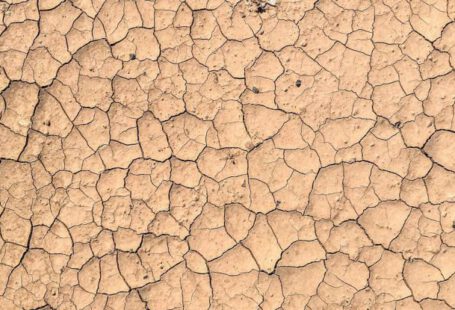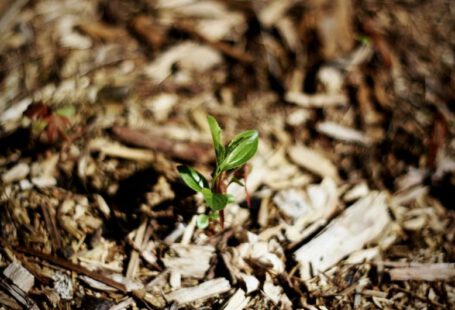Creating a garden that thrives while using minimal water is not only beneficial for the environment but also a smart way to conserve this precious resource. With some careful planning and strategic choices, you can design a beautiful and sustainable garden that requires less water. By incorporating the right plants, efficient irrigation methods, and proper soil management, you can achieve a garden that not only looks stunning but also reduces water consumption. Here are some practical tips on how to plan a garden that uses less water.
Choose Drought-Tolerant Plants
Selecting drought-tolerant plants is the cornerstone of creating a water-efficient garden. These plants have adapted to survive in arid conditions, making them perfect for regions with limited water availability. Examples of drought-tolerant plants include succulents, lavender, Russian sage, and ornamental grasses. By incorporating these plants into your garden design, you can significantly reduce the amount of water needed to keep your garden healthy. Additionally, native plants are also a great choice as they are well-suited to the local climate and require minimal watering once established.
Group Plants Based on Water Needs
Another effective strategy for conserving water in your garden is to group plants with similar water requirements together. By clustering plants that have similar watering needs, you can efficiently manage irrigation and avoid overwatering certain areas. Divide your garden into zones based on the water requirements of the plants, such as high, moderate, and low water zones. This way, you can tailor your watering schedule to meet the specific needs of each group, minimizing water waste and promoting healthier plant growth.
Implement Efficient Irrigation Systems
Investing in efficient irrigation systems is crucial for reducing water usage in your garden. Drip irrigation and soaker hoses are excellent choices for delivering water directly to the root zone of plants, minimizing evaporation and runoff. These systems are also more precise than traditional sprinklers, ensuring that water is distributed where it is needed most. Consider installing a timer or a smart irrigation controller to automate your watering schedule and adjust it based on weather conditions. This way, you can avoid watering during rainy periods or when the soil is already moist, further conserving water.
Mulch to Retain Moisture
Mulching is a simple yet effective technique to retain soil moisture and reduce water evaporation in your garden. Organic mulches such as wood chips, straw, or compost not only help to conserve water but also suppress weed growth and improve soil health. Apply a layer of mulch around your plants to insulate the soil, regulate temperature, and reduce the need for frequent watering. Make sure to replenish the mulch regularly to maintain its effectiveness and keep your garden looking neat and tidy.
Improve Soil Quality
Healthy soil is essential for water retention and optimal plant growth. Improving the quality of your soil can help it hold moisture more effectively, reducing the frequency of watering. Incorporate organic matter such as compost or aged manure into the soil to enhance its structure and water-holding capacity. Aerating the soil and avoiding compacted areas also promote better water infiltration and root development. Conduct a soil test to determine its pH level and nutrient content, and amend it accordingly to create a thriving environment for your plants while conserving water.
Embrace Water-Saving Techniques
In addition to plant selection and irrigation practices, there are several water-saving techniques you can implement in your garden to further reduce water consumption. Collect rainwater in a barrel or tank to use for watering your plants, especially during dry periods. Consider installing a rain garden or swales to capture and utilize rainwater on your property. Use a watering can or a hose with a nozzle to target water directly at the base of plants instead of watering the entire garden. Implementing these simple yet effective strategies can help you save water and create a sustainable garden that flourishes with minimal irrigation.
In conclusion, planning a garden that uses less water requires thoughtful consideration and strategic choices. By selecting drought-tolerant plants, grouping them based on water needs, implementing efficient irrigation systems, mulching, improving soil quality, and embracing water-saving techniques, you can create a beautiful and sustainable garden that conserves water and supports a healthy ecosystem. With these tips in mind, you can design a water-efficient garden that not only saves resources but also brings joy and beauty to your outdoor space.





